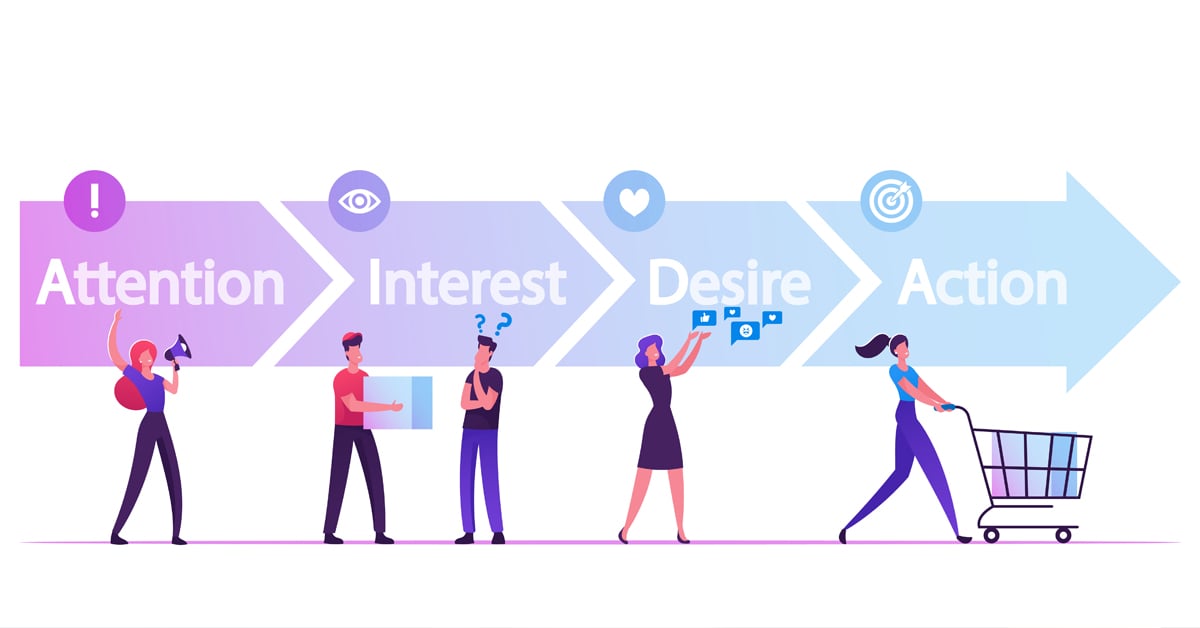-
MarTech Services
- HubSpot
- OneSignal
HubSpot
Technical Consulting
Partner with experts who understand your HubSpot systems and business needs inside out.
Revenue Operations
Drive revenue growth with tailored RevOps strategies designed for HubSpot users.
Hubspot Integration Services
Seamlessly integrate HubSpot with your existing tools to enhance operational efficiency.
Sales Enablement
Boost your sales team’s efficiency with focused HubSpot Sales Enablement solutions.
CRM Data Migration
Effortlessly migrate your CRM data to HubSpot with precision and support.
Hubspot Onboarding
Efficiently onboard clients to HubSpot, ensuring a smooth transition and rapid platform adoption.
HubSpot Administration
Maximize your HubSpot investment with expert management and optimisation tailored for HubSpot clients.
Marketing Assets Development
Develop, deploy, and manage digital assets, ensuring a fresh and engaging presence.
-
Solutions
-
Website Services
Website Development
We bring together expertise, creativity, and measurable results, making us the go-to choice for HubSpot website creation.
Website Migration
Our approach to website migration goes beyond a technical transfer; we prioritize a user-centric experience.
Website Maintenance
Optimize your online presence with effective, growth-driven websites focusing on nurturing website visitors, creating and deploying content, and tracking progress with precision.
Website Audit
Is your website performing at its peak? Our CMS Consultants are here to help you find out with our comprehensive Website Audit service.
-
Resources
-
Company
Clients
We have worked with clients from various industries across the globe, making our journey diverse and exciting.
Team
We put decades of experience where our mouth is. So what you get is market-tested and tried, not theory. We believe in plain speak, which we believe works better than jargon.
Solutions Partner
BlueOshan is not just a partner; we are among the most experienced and adept in the HubSpot ecosystem.
- Contact Us
Ecommerce possibilities with HubSpot integrations

Venu Gopal Nair
November 9, 2022

Once a customer on an ecommerce portal clicks the ‘Buy’ button and pays, is the transaction over? As long as the product can be used by the customer right away, the sale concludes with doorstep delivery.
What happens when a customer buys a product that needs to go beyond delivery to installation – like an air-conditioner, or a washing machine, for instance?
The ecommerce store has to coordinate and manage the process with multiple vendors. Right from home delivery to company service personnel for installation. All of this is currently done offline, leading to time and resources being utilised inefficiently.
Two steps for customers, a giant leap for retailers
Blueoshan worked for a large European auto group to create a sales demo that explained the process to retailers and showed them the advantages of extending fulfilment.
Ecommerce opportunities extend beyond the sale to fulfilment and set up new ways to enhance customer satisfaction
This involved building a demo website with complete ecommerce functionality on HubSpot. Retailers were shown how customers could fix a time for delivery when they were at home, based on their convenience and additionally, fix a time for installation as well.
That closed an open-ended loop, and enrolled all vendors and service engineers associated with the retailer to bring them on to one platform.
When the customers chose a time for delivery, it would trigger an alert with the participating delivery companies – it was a lead generated for them. The ones who responded the fastest could lock in the business and manage delivery.
The same process followed with installation – service companies got alert when installations were required, along with the timing indicated by the customer and the address. That made it easier to plan installations in advance and optimise service engineers’ schedules.
For customers, it was just two additional steps. They were also interested in locking down delivery and installations, so compliance would increase. And the ecommerce store received higher customer satisfaction ratings if the delivery and installations were carried out as promised.

A solid asset for sales teams
Instead of making presentations, sales personnel from the company could demonstrate the advantages to retailers right away. The product was designed to be an add-on to the retailers’ website, keeping all existing functionality intact.
In concept selling, keeping the promise clear and showing rather than telling help to speed up decision cycles
Since retailers were used to managing the post-sale requirements offline, they had to buy into the concept. Seeing it happen on a website was the best way to convince them of the advantages of adopting this additional functionality.
It could be demonstrated by the sales person by simulating purchase, followed by setting time for delivery and installation. By letting retailers decide on the costs, it also brings in more revenue – and that’s always welcome for any business.
It is a benefit that comes into play only when the ecommerce chain has already been established. Then, retailers look for additional points of integration – and this is not obvious because there’s already a process in place. And since the sale has concluded, this process begins.
A new concept, or a new way of managing things takes time to absorb and implement. And there are several product lines this is rolling out to because the segments and the number of areas where it can be implemented is expanding.
Over time, it could be applied to B2B ecommerce sites as well, especially to streamline supply chains further.
And implementation on the ground will bring up problems that were not foreseen earlier – and they have to be ironed out.
How HubSpot ticks all the boxes
Building and using websites as sales aids is not conventional. But HubSpot has the flexibility to be adapted to several templates and sectors. It allows for experimentation and flexibility to try out new ideas. The privacy and security features enable it all to reside within one system with hierarchical and defined access.
And HubSpot’s native integration with several ecommerce software programs ensures that clients can be reassured that additional functionality can be built-in without affecting the existing site.
The site also needs to integrate vendor databases and provide notifications for calendars and job orders. But HubSpot’s ecosystem is vast and Blueoshan’s technical heft in implementing complex workflows has certainly helped.
Blueoshan has a deep technical understanding of HubSpot’s native capabilities and how they can be extended.
Speak to us on a technical issue that you may have been grappling with. Whether it’s related to large databases, workflows or analytics.
Our expert consultants will be more than happy to discuss things further.

Venu Gopal Nair
Advertising and Branding Specialist, CEO - Ideascape Communications, A professional journey through the tumultuous years of advertising and communication, starting in 1984. Started out in the age of print, saw the changes with the entry of satellite TV and the momentous transition to digital. Advertising and branding today is vastly different from its practices in the 20th century and the last two decades have seen dramatic changes with smartphone domination. As a Creative Director turned CEO, making the transition personally and professionally has been a tremendous experience.
Related Articles

January 31, 2023

August 4, 2022

November 23, 2022

